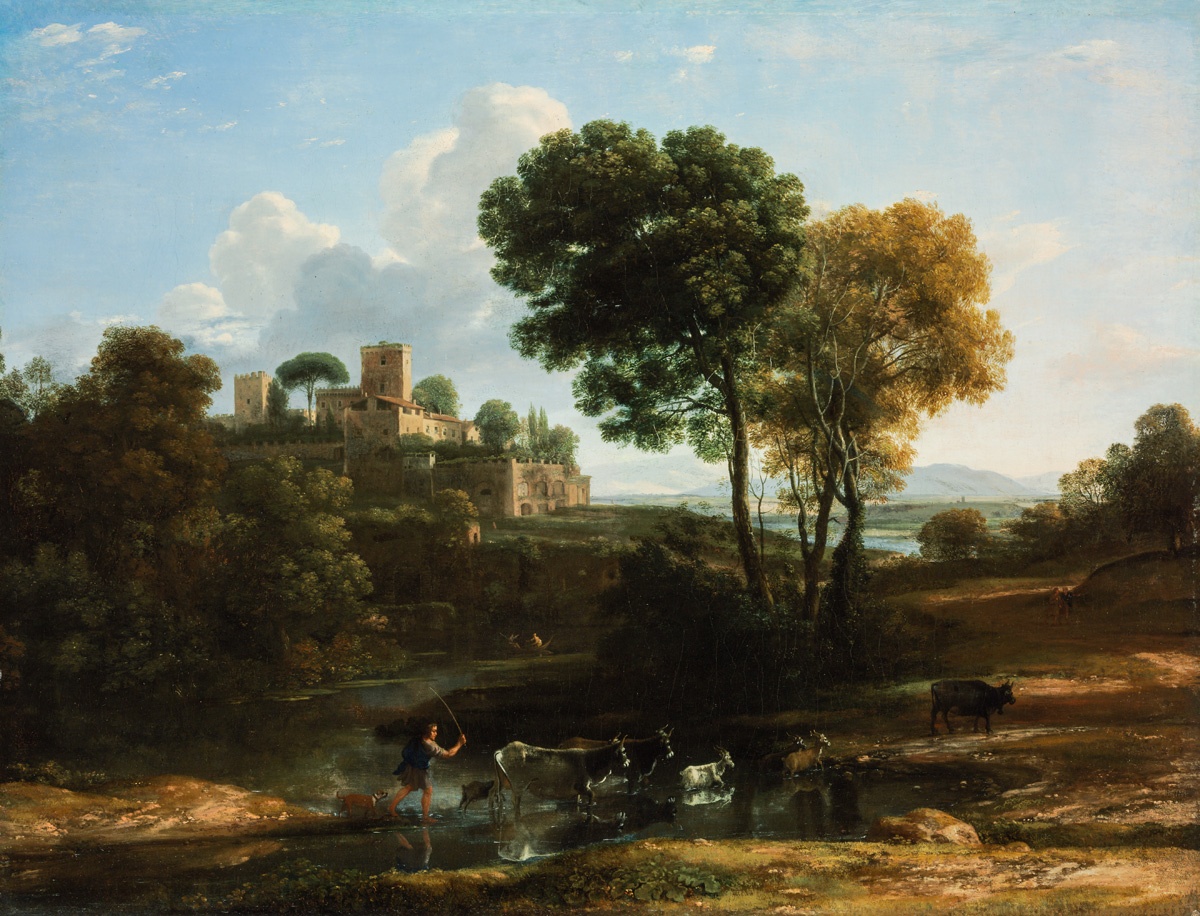The life of Claude Lorrain was like a fairytale. He was just twelve when after he set off from his native village in France all the way to Rome. With no experience but a brief apprenticeship in a pastry-cook’s at home, there were gaps in his education, to say the least, and he never learnt Italian properly; yet the fashionable, urbane aristocracy adored him, and his pictures were so admired that there was a considerable business forging them. In spite of being a reserved dreamer he attained unparalleled success in the capital of intrigue and envy. He tamed even the archfoe of glory, time: the greatest landscapists of the nineteenth century - the British Turner, or the Hungarian Markó, still chased Claude’s mellow sunlight. For this is the secret of Claude’s art: sunlight which permeates all and gives life. Whether he paints imaginary antique harbours, or the Campagna, the plains surrounding Rome, it is the light which clothes the view in the radiance of the Golden Age, and lends a cosmic dimension to modest settings. It seems as though Virgil’s ancient idylls have come to life, though the Renaissance castles dominating the area are much more recent. The castle in this drawing is the famous La Crescenza, which often features in Claude’s pictures, and following his example later artists (such as Corot) were also fond of painting it. Some believe the painting shows the same castle too, but this building, though assembled from familiar elements, is a product of the imagination. Axel Vécsey
en

